In a time when we are hardly making anything ourselves anymore and when handy creative people are increasingly harder to come by, a time when we urgently should go back to do exactly that, recycle, reuse and be inventive, combine our knowledge and passions and find our own way to express ourselves. Here is someone who is getting attention doing that.
Chicago sculptor Nick Cave is preparing for the brand new exhibit at Yerba Buena Center for the Arts in San Francisco.
Over the last decade Mr. Cave has become known for making colorful, extravagant sculptures with this kind of double life: they can stand alone in galleries as visually compelling art objects, or they can be worn by dancers as vehicles for sound and movement. He calls them Sound Suits. Some are durable; others more fragile. But all, based on the human body, look as if they could easily spring into motion. The potential for dance is implicit in all of them.


“When you’re raised by a single mother with six brothers and lots of hand-me-downs, you have to figure out how to make those clothes your own,” he said. “That’s how I started off, using things around the house.” (He apparently took after his oldest brother Jack, a Chicago designer. As he installed his show, Mr. Cave wore a Gaultier shirt paired with one of his brother’s designs: a pair of long shorts made of conservative gray fabric with a flashy sport stripe running down the sides.)
He learned to sew at the Kansas City Art Institute, where he was a 1982 graduate. He described his first garment as “very flamboyant pants and shirt with a harlequin sensibility.” He said textiles immediately interested him for their expressive potential.
But then so did dance. During college he began studying dance through an Alvin Ailey program, training in Kansas City during the year and New York one summer. “I was always interested in movement,” he said, “but I knew I didn’t want to devote myself exclusively to dance. I wanted to bridge dance and art.”

The extravagant ornamentation, colors and textures also connect the Sound Suits to tribal cultures. For instance in fashioning a piece out of doilies, he said, “I might be thinking about Kuba cloths, Haitian voodoo flags or Tibetan textiles.”
New York curator Dan Cameron, in an essay for the show’s catalog, cites connections to the “social sculpture” of the artist Joseph Beuys, the legacy of the drag queen Leigh Bowery in the London underground performance scene and the ornate costumes of African-American Mardi Gras Indians in New Orleans.
Whatever you see in it - or don't - to me the suits also look like high fashion, something that Alexander McQueen designs or Jean Paul Gautlier or John Galliano would come up with for that matter.














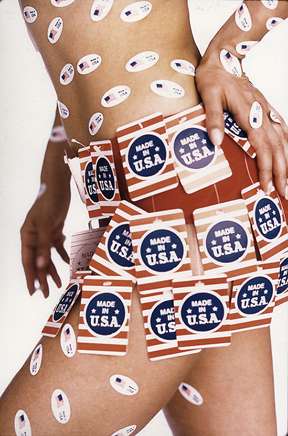
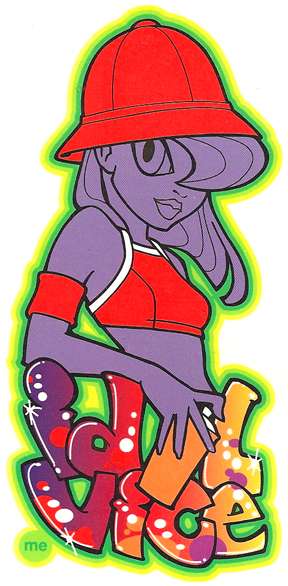
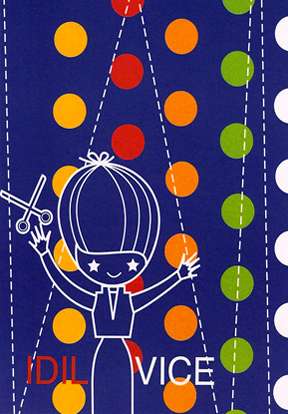
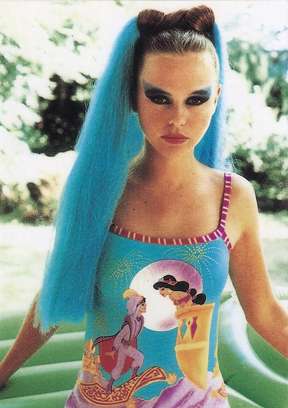
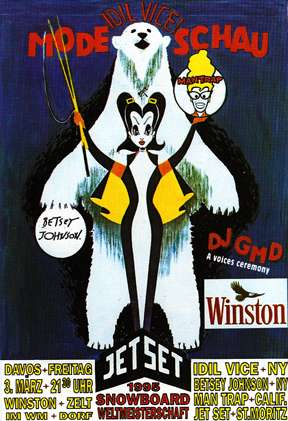
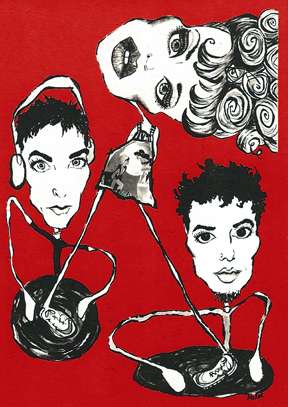
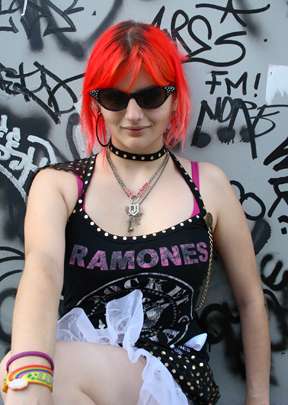
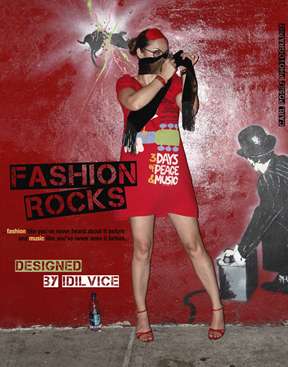


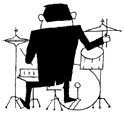
No comments:
Post a Comment